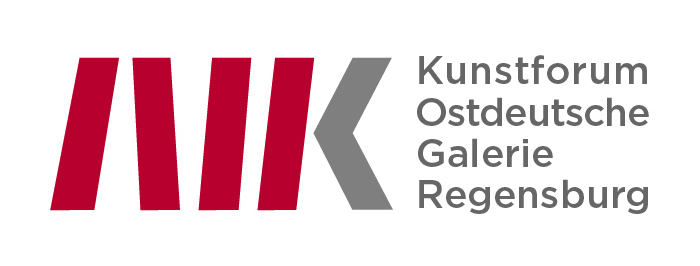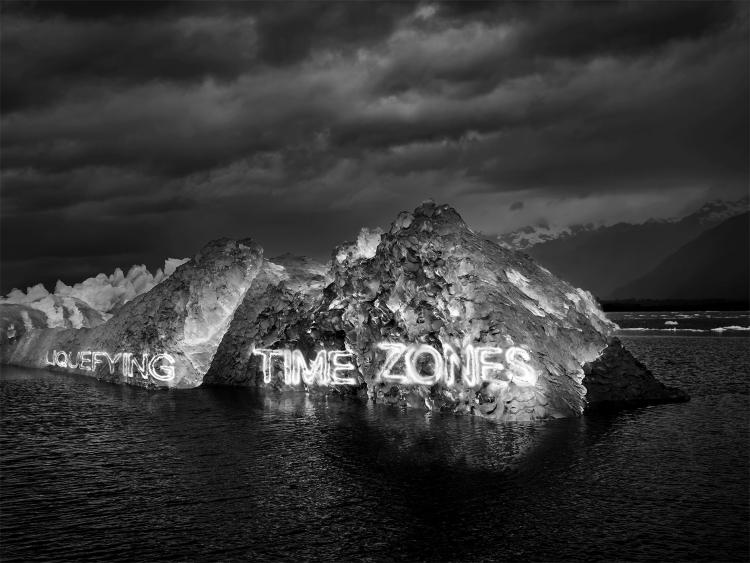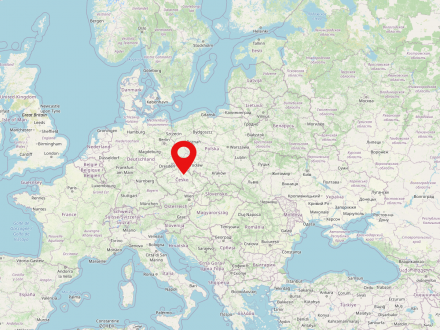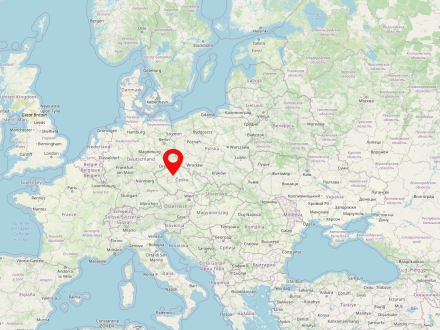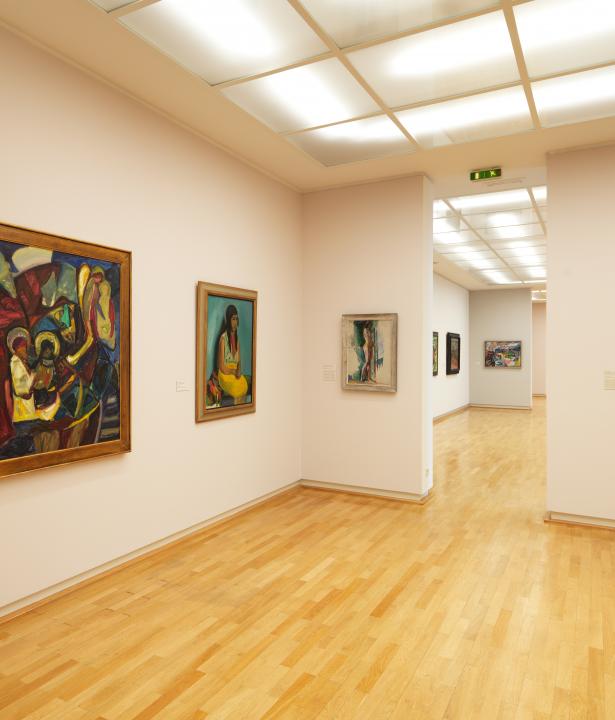The exhibition focuses on three outstanding artists who represent three generations of Czech art from the 1920s to the present: the painter and graphic artist Toyen and the two conceptual artists Magdalena Jetelová and Krištof Kintera.
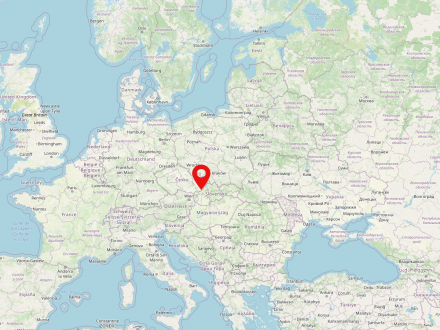
Czechoslovakia was a state existing between 1918 and 1992 with changing borders and under changing names and political systems, the former parts of which were absorbed into the present-day states of the Czech Republic, Slovakia and Ukraine (Carpathian Ukraine, already occupied by Hungary in 1939, from 1945 to the Soviet Union). After 1945, Czechoslovakia was under the political influence of the Soviet Union, was part of the so-called Eastern Bloc as a satellite state, and from 1955 was a member of the Warsaw Pact. Between 1960 and 1990, the communist country's official name was Czechoslovak Socialist Republic (abbreviated ČSSR). The democratic political change was initiated in 1989 with the Velvet Revolution and resulted in the establishment of the independent Czech and Slovak republics in 1992.
The Czech Republic is a country in Central Europe with a population of about 10.5 million people. The capital and largest city of the country is Prague. In the Czech Republic lie the historical landscapes of Bohemia, Moravia and parts of Silesia. In 1918 the state of Czechoslovakia was formed, but the Czech Republic was not founded until 1993. The country has been a member of the EU since 01.05.2004.
The oldest generation is represented by Marie Čermínová, known under her stage name Toyen (Prague 1902-1980 Paris). Her surrealist works, created in Paris and
Prague is the capital of the Czech Republic and is inhabited by about 1.3 million people, which also makes it the most populated city in the country. It is on the river Vltava in the center of the country in the historical part of Bohemia.
The exhibition was conceived against the background of the project "Grenzen in nationalen und transnationalen Erinnerungskulturen zwischen Tschechien und Bayern” (Borders in national and transnational cultures of remembrance between the Czech Republic and Bavaria). The interdisciplinary research association is supported by the Universities of Regensburg and Passau, Charles University in Prague, UJEP Ústí n. L. and the Adalbert Stifter Association.


